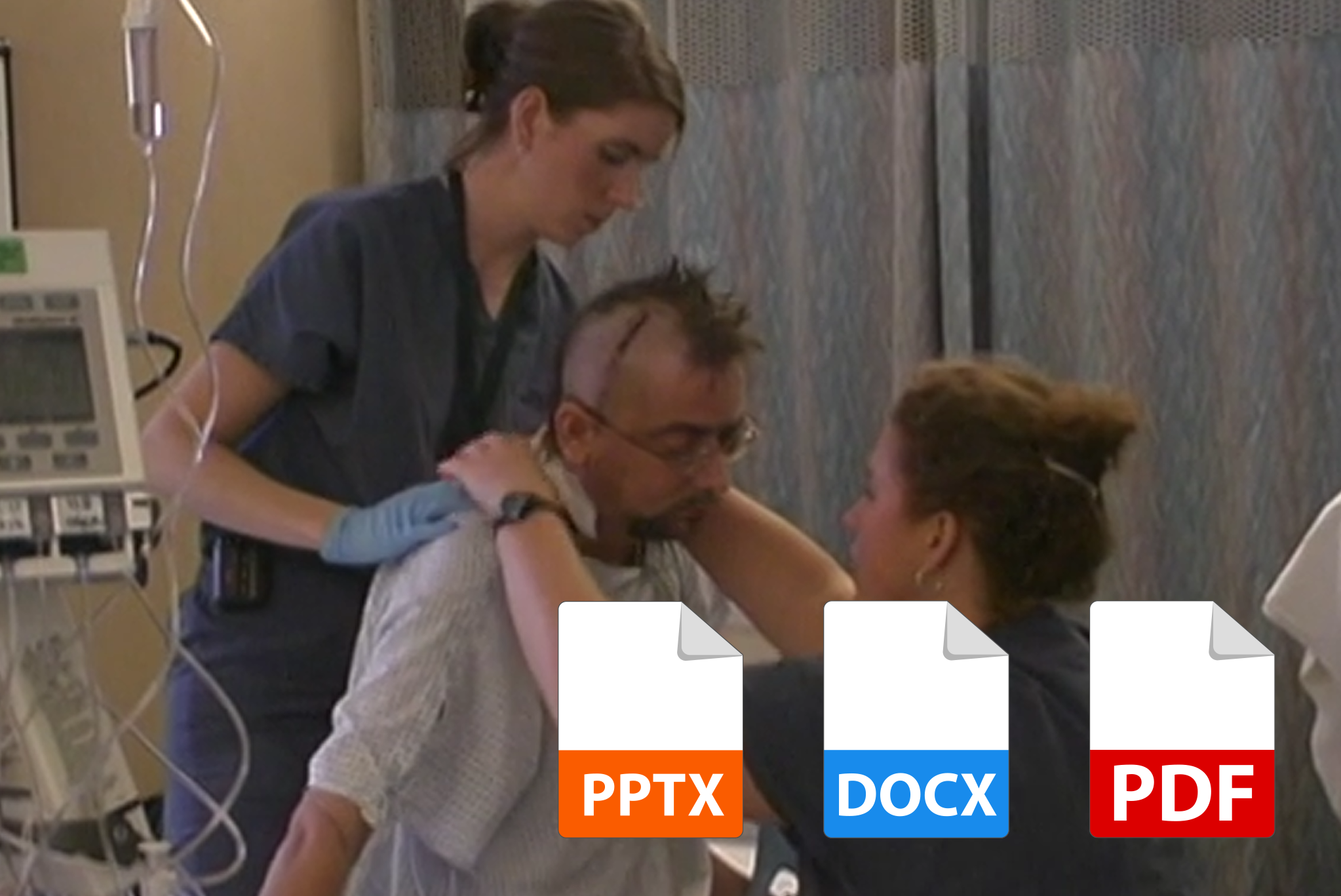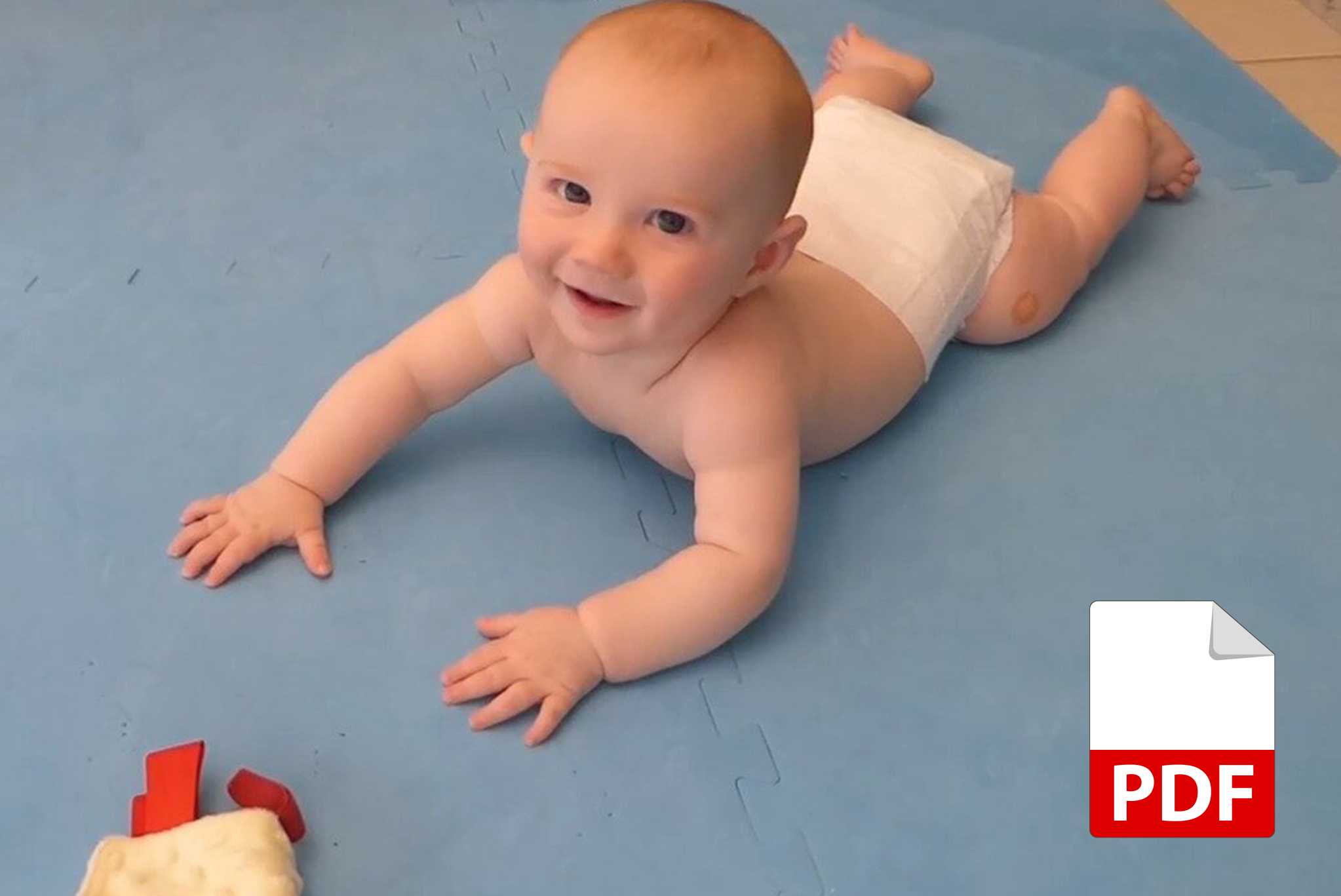Kinesiology/Analysis of Physical Performance, Upper Extremity
For each video, analyze the movement of the client’s indicated or non-affected upper extremity; joints; movement(s); prime movers; type of contraction; approximate AROM; and any movements/muscles associated.
Case Study: Ben
Ben’s videos provide a case with rich learning opportunities, due to the acute care environment, complexity of his condition, number of video available, and variety of therapists providing his care. There are many learning activities that can be used to achieve diverse learning objectives using Ben’s case.
Case Study: Dr. T
Dr. T's videos provide a case with rich learning opportunities, due to the complexity of his condition, the family conference video, and the cultural considerations relevant to Dr. T and his family. There are many learning activities that can be used to achieve diverse learning objectives using Dr. T's case.
ICE Breakers
These concise, one-page ICE Breakers are designed to grab and go! Each features a video from the ICE Video Library, and suggested practice sessions and discussion ideas for students.
Documenting Levels of Assistance
This lesson plan is designed to supplement your lecture on how to determine and document levels of assistance provided during a treatment session.
This activity supports the requirements for:
ACOTE standard B.4.29
CAPTE standard 7D32
Sample 3-day Level I Clinical Experience
Watch the webinar Create a Virtual Patient Experience Using the ICE Video Library to learn more from Mary Hudson-McKinney on this virtual clinical experience and how her students responded.
Analysis of Atypical Motor Development
Supplement your lab regarding atypical movement patterns and apply knowledge of developmental sequences related to hand use, balance, and movement.
This activity supports the requirements for
ACOTE standards B1.1, B.3.2, B.3.6, B.4.25
CAPTE standards for PT: 7D27, 7D28 and PTA: 7D19, 7D24i, 7D28
Early Childhood Development: Self-Feeding and Eating
Allow students to analyze typical self-feeding and eating patterns in early childhood.
This activity supports the requirements for:
ACOTE standards B.3.2, B.3.6, B.4.16; B.4.18
Standards for Accreditation of Graduate Education Programs in Audiology and Speech-Language Pathology 3.1.4B, 3.1.5B
Early Childhood Mobility: Creeping
Supplement your lab on the developmental sequences of crawling/creeping.
This activity supports the requirements for:
ACOTE standards B.1.1, B.4.10, B.4.18
CAPTE standards 7D23, 7D27

















